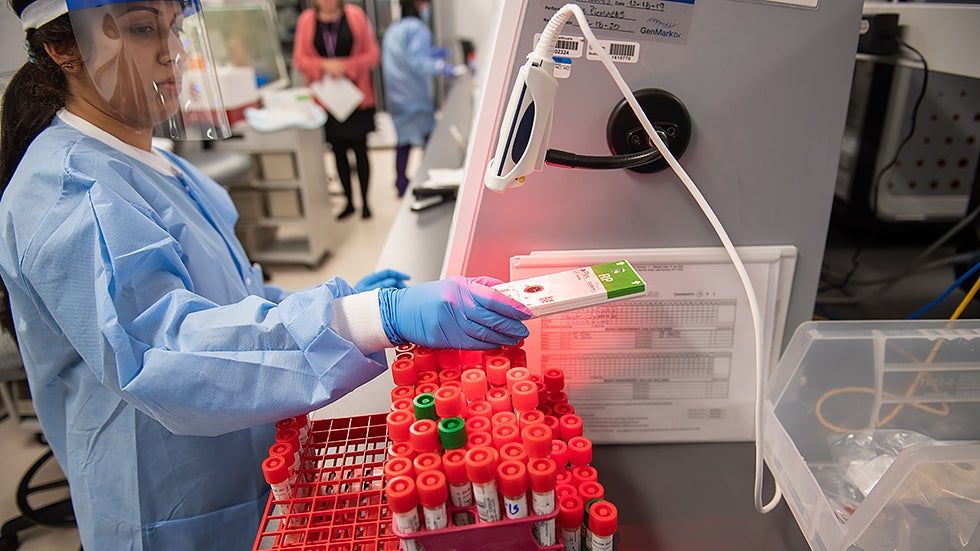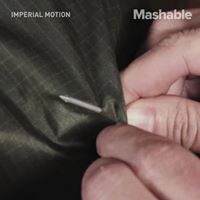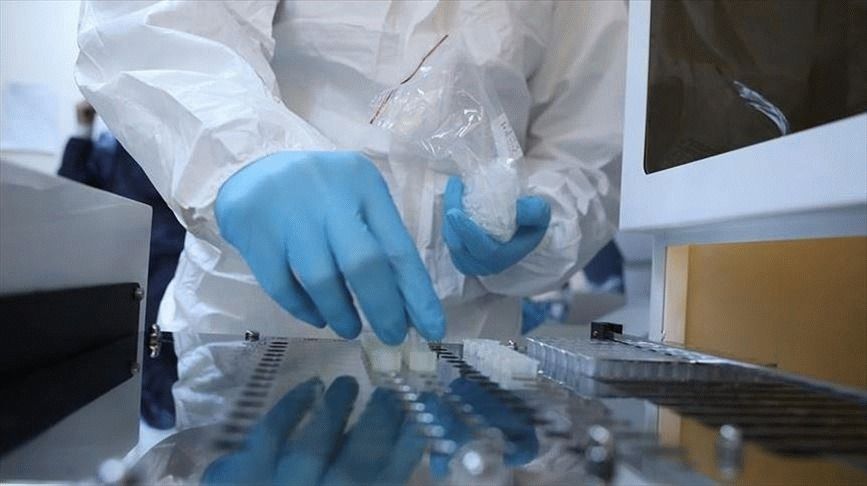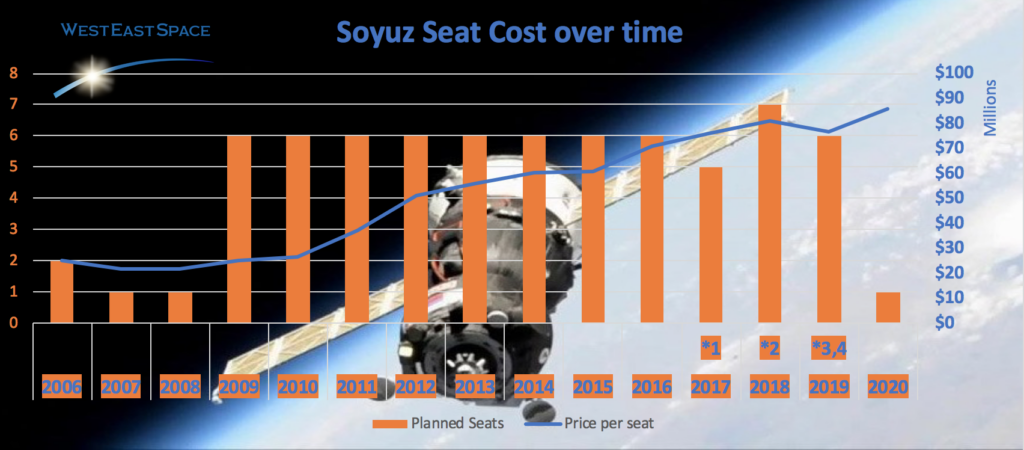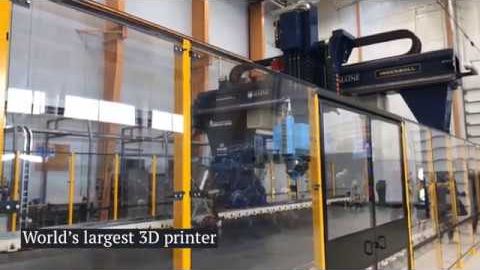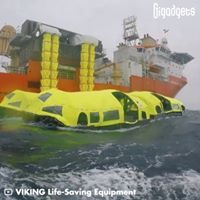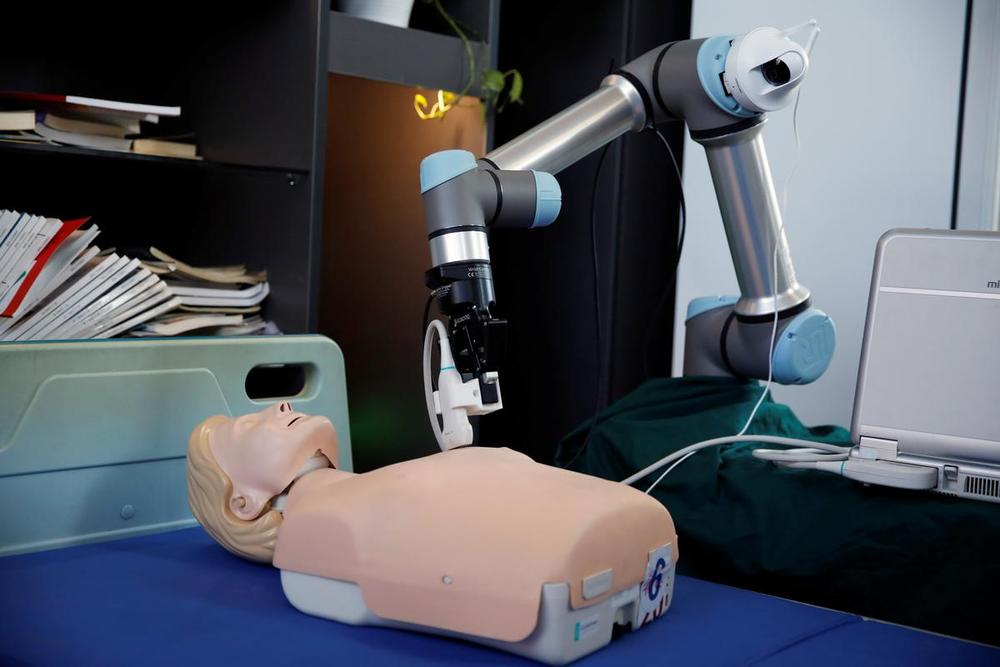Mar 23, 2020
FDA authorizes first rapid, ‘point of care’ coronavirus test
Posted by Montie Adkins in categories: biotech/medical, robotics/AI
Well this is good news. Now they just need to pour every dime into the manufacturing and hurry the hell up.
The Food and Drug Administration (FDA) has approved the first coronavirus diagnostic test that can be conducted entirely at the point of care.
The test from California-based Cepheid will deliver results in about 45 minutes — much faster than current tests that require a sample to be sent to a centralized lab, where results can take days.
Continue reading “FDA authorizes first rapid, ‘point of care’ coronavirus test” »
